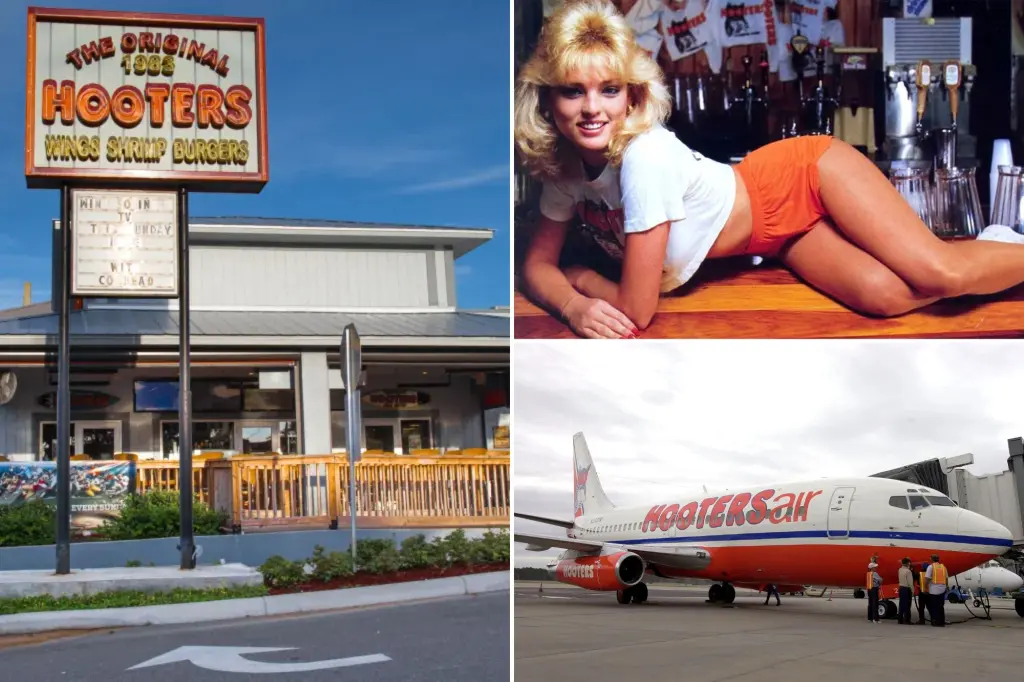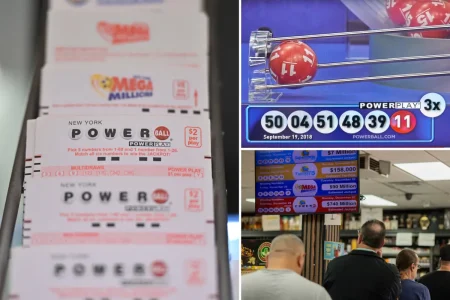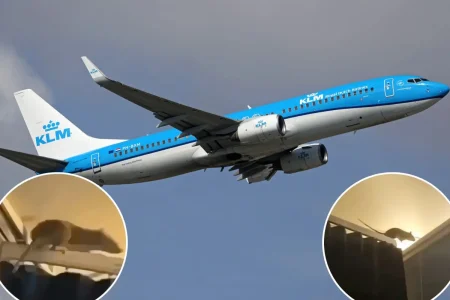Hooters: A Journey Through America’s Iconic “Breastaurant”
In the 1990s, the catchy jingle “Hooters makes you happy” became synonymous with the Florida-founded restaurant chain that captured the hearts (and appetites) of Americans nationwide. This memorable slogan resonated with both single men and families during Hooters’ heyday, creating a cultural phenomenon that extended far beyond buffalo wings and cold beer. Today, amid bankruptcy proceedings, the founding group—along with another franchisee—announced plans to reclaim control of the brand. Hooters Inc. CEO Neil Kiefer told Fox News Digital that under Hooters of America management, the chain had strayed too far from its original vision. As the buyer group awaits bankruptcy court approval, it’s worth revisiting the colorful history of this uniquely American institution that began as a simple idea among friends and grew into a multi-faceted entertainment empire with ventures spanning television, sports, aviation, and even gambling.
The Hooters story began in 1983 when six self-described “semi-intellectual Clearwater businessmen” found themselves craving Buffalo-style chicken wings during a Parcheesi game. Known as the “Hooters Six,” these friends decided to open an establishment in Clearwater, Florida, where “people of their caliber could gather and quench their thirst for the finer things in life.” When it came to naming their new venture, they chose “Hooters”—a clever double entendre referring both to a slang term for women’s breasts (giving birth to the “breastaurant” concept) and to the owl mascot known for its hooting calls. This playful ambiguity was reflected in their owl logo, affectionately named “Hootie.” The original Hooters restaurant opened its doors in October 1983, launching what would become an iconic American brand recognizable by its orange and white color scheme, casual beach atmosphere, and of course, the Hooters Girls in their distinctive uniforms of orange shorts and white tank tops.
Hooters’ cultural footprint extended well beyond restaurant walls and into America’s living rooms through various entertainment ventures. In 1987, Hooters Girls first appeared on television screens as hosts of a late-night movie program called “Hooters Nite Owl Theater.” The first host was Lynne Austin, the original Hooters calendar girl who had also appeared as Playboy’s July 1986 Playmate. The show, later renamed “Hooters Movie of the Weak” (not a typo), became a hit in 13 major markets, ranking first in its time slot thanks to its comedy sketches and political satire that aired between movie segments. The show eventually moved to afternoon slots before being canceled in 1995 due to legal disputes between Hooters of America and Hooters Inc. The restaurant chain attempted a television comeback in 2001 with “Who Wants to Date a Hooters Girl?”—a dating show concept that would have featured six men competing for a night out with a Hooters waitress. Despite having comedian George Gray attached as host and “Baywatch” creator Doug Schwartz as executive producer, the show never made it to air. Meanwhile, the annual Hooters calendar featuring waitresses in bikinis became a cultural staple, bringing the brand’s aesthetic into homes nationwide.
The Hooters brand ventured into professional sports in the early 1990s through a marketing agreement with an Arena Football League team. From 1993 to 1995, the Miami Hooters competed on the indoor football circuit, though their performance was less than stellar. After accumulating a disappointing 11-26 record over three seasons, the sponsorship ended, and the team relocated to West Palm Beach, rebranding as the Florida Bobcats. This brief foray into sports ownership demonstrated the company’s ambition to expand beyond restaurants and into broader entertainment ventures, a strategy that would continue with even more ambitious projects in the following decade.
Perhaps Hooters’ most surprising business expansion came in 2003 with the launch of Hooters Air, a branded airline that operated until 2006. The airline was founded by Robert Brooks, chairman of Hooters of America, after he acquired Pace Airlines in 2002. Operating a Boeing fleet that flew to 15 U.S. destinations, Hooters Air offered a flat-fare model of $129 each way and featured two Hooters Girls on each flight. Though not certified flight attendants, these women provided in-flight entertainment, enhancing the unique travel experience. Passengers enjoyed complimentary meals on flights lasting more than an hour—a notable perk during a time when other airlines were cutting back on food service. Despite its novelty and initial popularity, the airline ceased operations after only three years, becoming a short-lived but memorable chapter in aviation history and a testament to the brand’s willingness to venture far beyond its restaurant roots.
The Hooters empire expanded further in 2006 with the opening of Hooters Casino Hotel in Las Vegas, located across from the MGM Grand just off the famous Strip. This 696-room property featured a casino and nine restaurants and bars, creating a comprehensive Hooters-themed vacation destination. True to the brand’s concept, Hooters Girls worked throughout the property as front-of-house staff, bartenders, cocktail servers, and even casino dealers, bringing the restaurant’s signature hospitality to the gambling floor. The hotel represented the culmination of the brand’s expansion beyond food service into full-scale entertainment and hospitality. However, like several of the company’s ambitious ventures, the Hooters-branded casino experience had a limited lifespan. In 2019, the property was rebranded as the Oyo Hotel & Casino, marking the end of Hooters’ presence on the Las Vegas Strip but not diminishing its place in the city’s colorful history.















